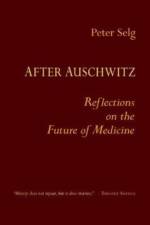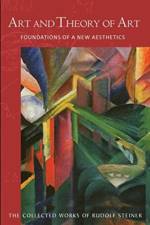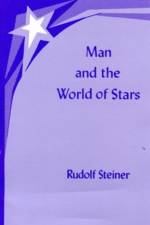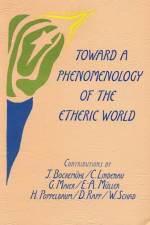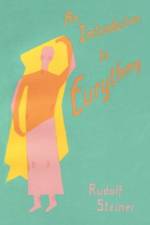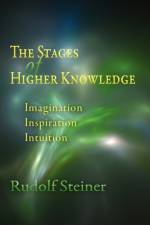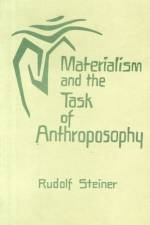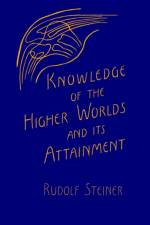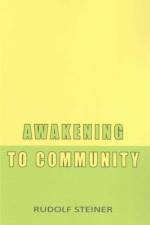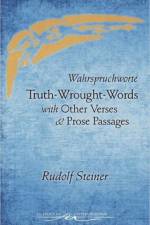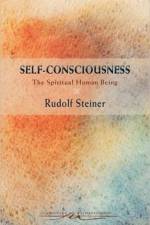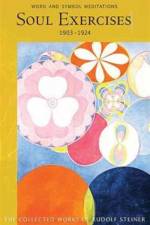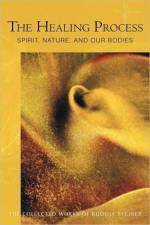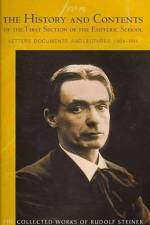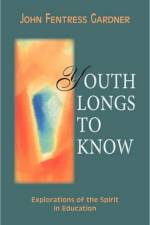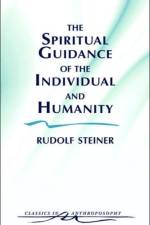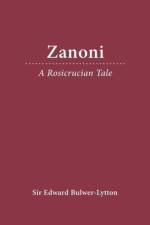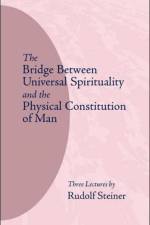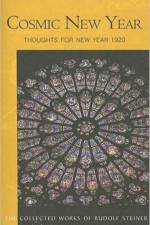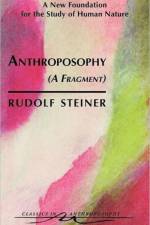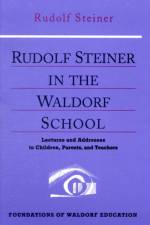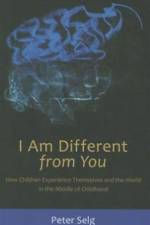av Rudolf Steiner
237
T he year 1921 was a time of intense activity for Rudolf Steiner. Three years after World War 1, with social ideals and democracy trying to make their way in the Weimar Republic and the disastrous financial collapse just around the corner, he concentrated his efforts on cultural renewal in economics, education, the arts, medicine, theology, and the sciences. Two clinics were opened, two publications appeared. He lectured in Germany and Switzerland, Amsterdam, The Hague, and Oslo, often giving two, sometime three, and occasionally four lectures a day. Anthroposophy was becoming more known with all this activity, but opposition was also growing stronger. "The modern materialistic world conception is a product of fear and anxiety," Steiner said. "This fear lives on in the outer actions of human beings, in the social structure, in the course of history.... Why did people become materialists, why would they admit only the outer, that which is given in material existence? Because they were afraid to descend into the depths of the human being." The mind-body split is the result of this fear to penetrate the inner human being; and our lack of courage rebounds on society, producing the terrible conditions of modern civilization. Healing will only come when we summon the courage to penetrate the hidden mysteries of the inner human being. In the Society itself, Steiner sought to awaken the local groups from their comfortable complacency. Cosmosophy, Vol. 1 is the first part of two lecture courses that he gave in Dornach in the fall of 1921 to members of the Anthroposophical Society on anthroposophy as cosmosophy, the wisdom of the human being as the wisdom of the cosmos, The eleven lectures, which are also part of a wider course of lectures that he gave throughout the years 1920-1921 (GA 201-GA 209 in German), reveal deep mysteries of the human being in relationship with the cosmos, including topics such as the origin of fear in Western civilization; the mystery of evil; sleeping and waking in higher cognition; the Jupiter existence of the earth; past and future karma; the relationship of the human being to the hierarchies in Imagination, Inspiration, and Intuition; foundations of an occult psychology; metamorphosis of the worlds of thought and will in the life after death; preparation of the future from the nature of the will; the conscience; reversal of sense experience in the life after death; the appearance of the senses as a prequisite for freedom; the Mystery of Golgotha as the sense-giving center to historical events, and much more.

